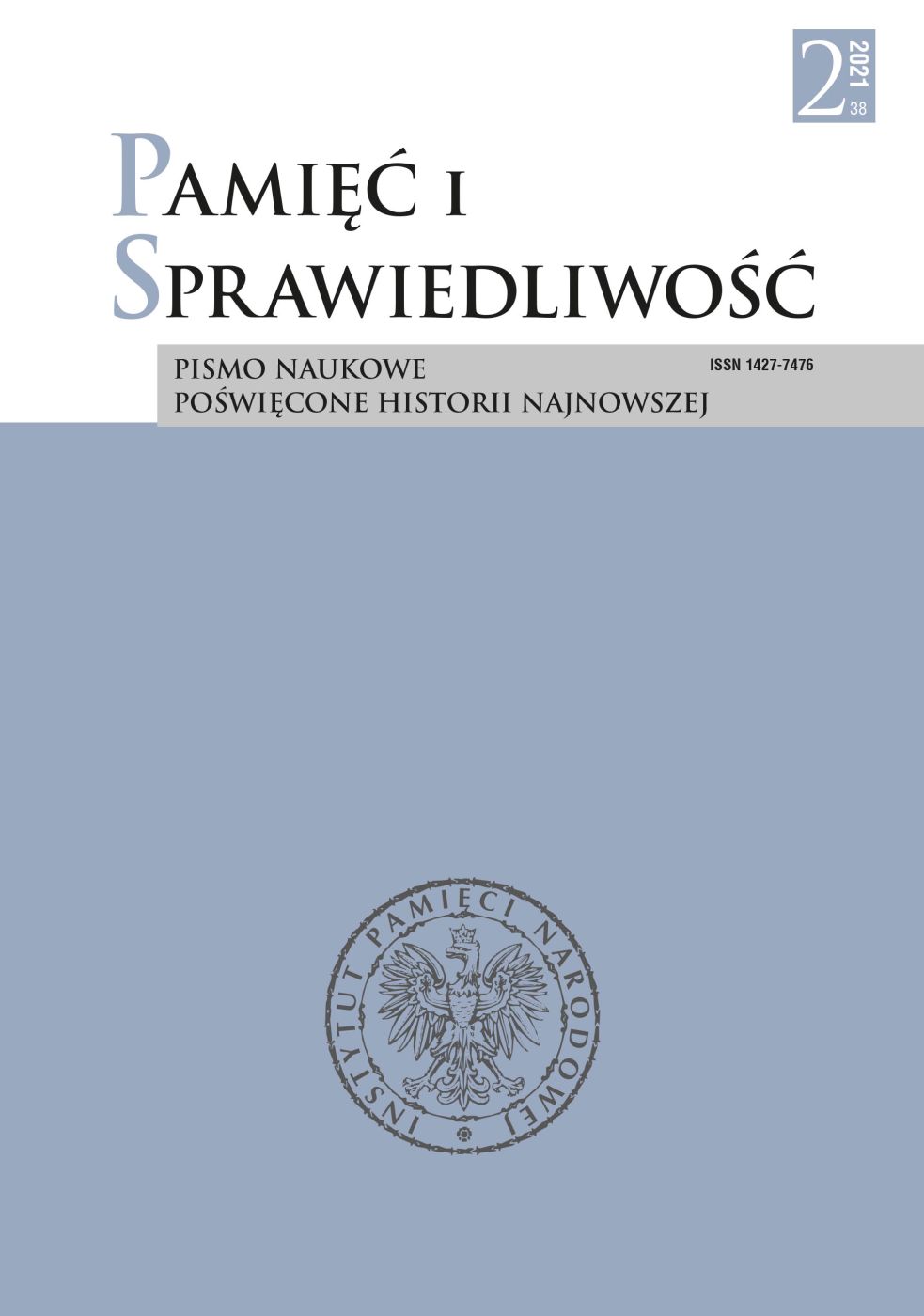The First Two Years at the Wawel Castle. The Origin of the Conflict Over Marshal Józef Piłsudski’s Coffin (1935–1937)
The First Two Years at the Wawel Castle. The Origin of the Conflict Over Marshal Józef Piłsudski’s Coffin (1935–1937)
Author(s): Marek SiomaSubject(s): Interwar Period (1920 - 1939), Politics of History/Memory, Peace and Conflict Studies
Published by: Instytut Pamięci Narodowej
Keywords: the Wawel Conflict; the coffin; Józef Piłsudski; Adam Stefan Sapieha; Bolesław Wieniawa-Długoszowski; the Chief Committee for the Remembrance of Marshal Józef Piłsudski;
Summary/Abstract: The death of Poland’s First Marshal was used by his adherents for political purposes. Piłsudski’s funeral ceremonies constituted an unprecedented and symbolic event aimed at highlighting his greatness and merits and portraying him as one of Poland’s most distinguished citizens. The ceremonies continued for a few days (and the national mourning for six weeks). The Chief Committee for the Remembrance of Marshal Józef Piłsudski was set up with a view to honouring the Marshal and his deeds. The Committee’s efforts were coordinated by the Executive Department (the WWNK), whose main task was to make sure that the coffin with Piłsudski would be deposited in the crypt under the Tower of the Silver Bells. Because of the scope of work to be carried out in the Wawel Cathedral, constituting property of the Catholic Church, the task was extremely difficult to carry out. It did not take long before it became clear that the goals pursued by both sides (secular and ecclesiastical one) were significantly different. The divergence of opinions led to the conflict that broke out almost immediately after Piłsudski’s body had been deposited in the coffin, and continued until 1937.
Journal: Pamięć i Sprawiedliwość.
- Issue Year: 38/2021
- Issue No: 2
- Page Range: 322-346
- Page Count: 25
- Language: English

